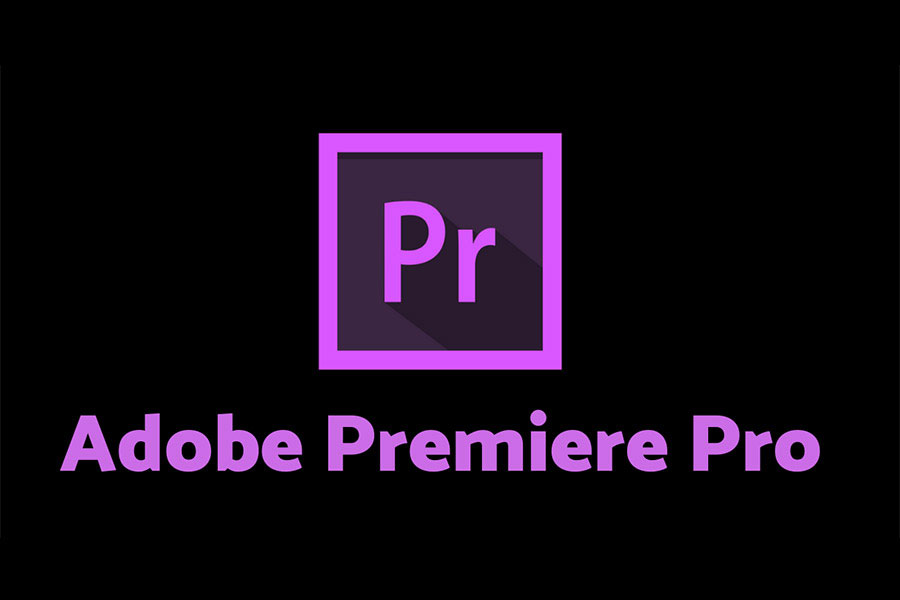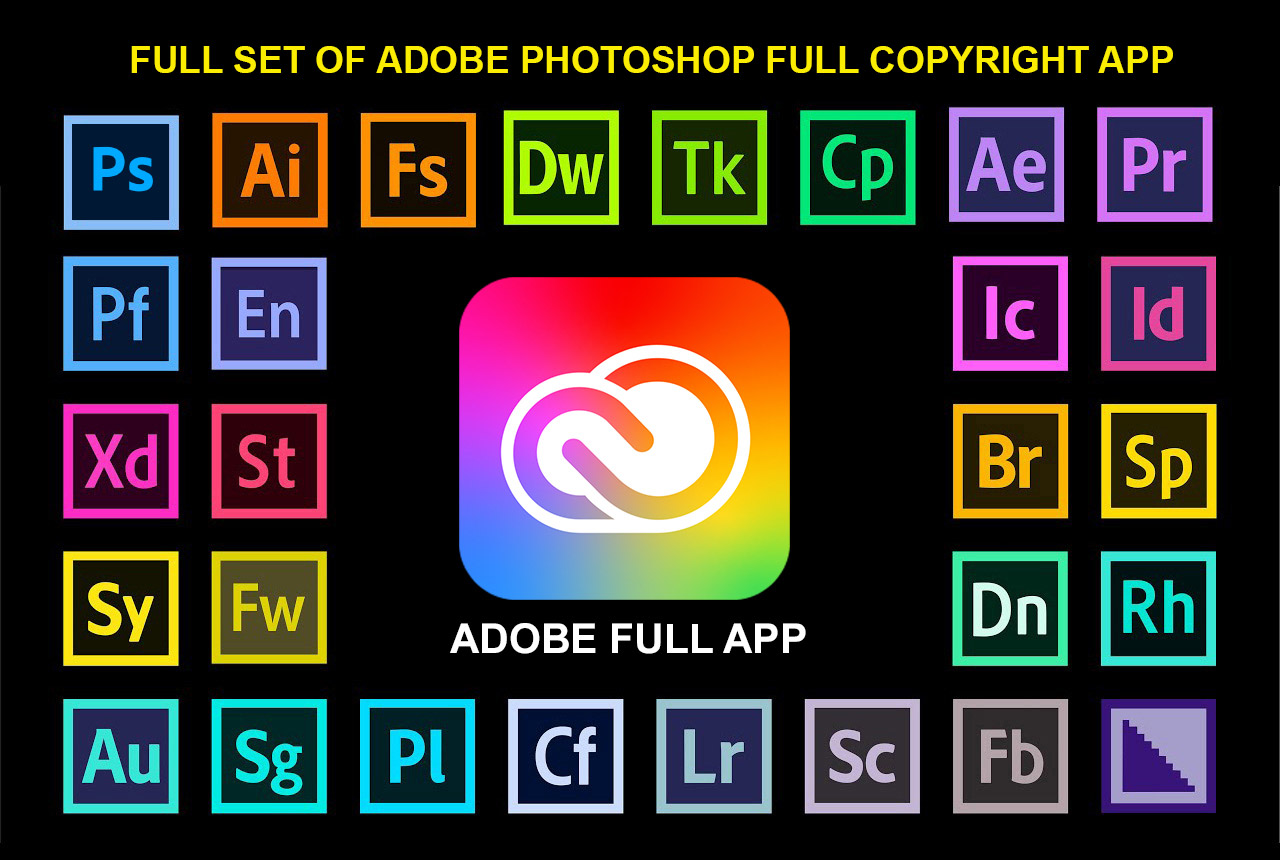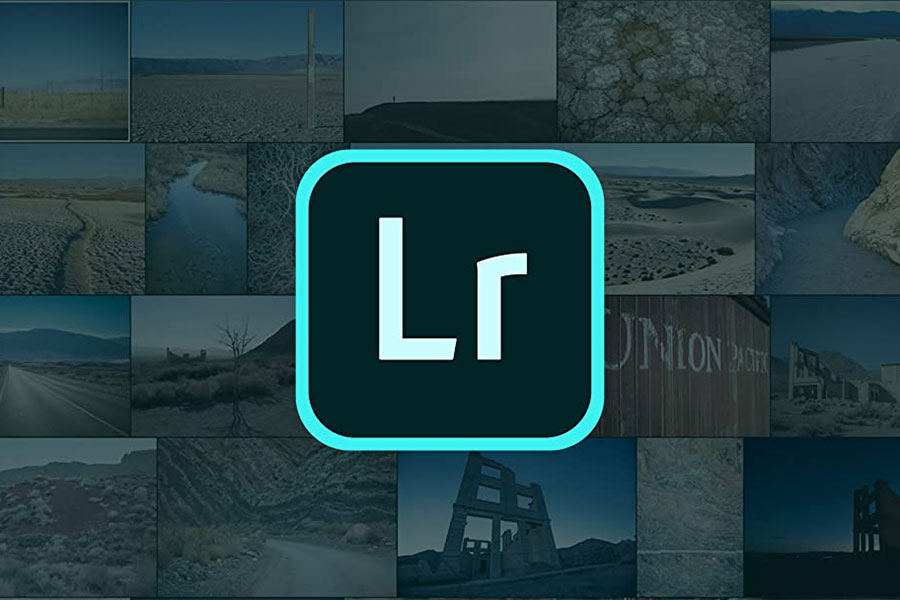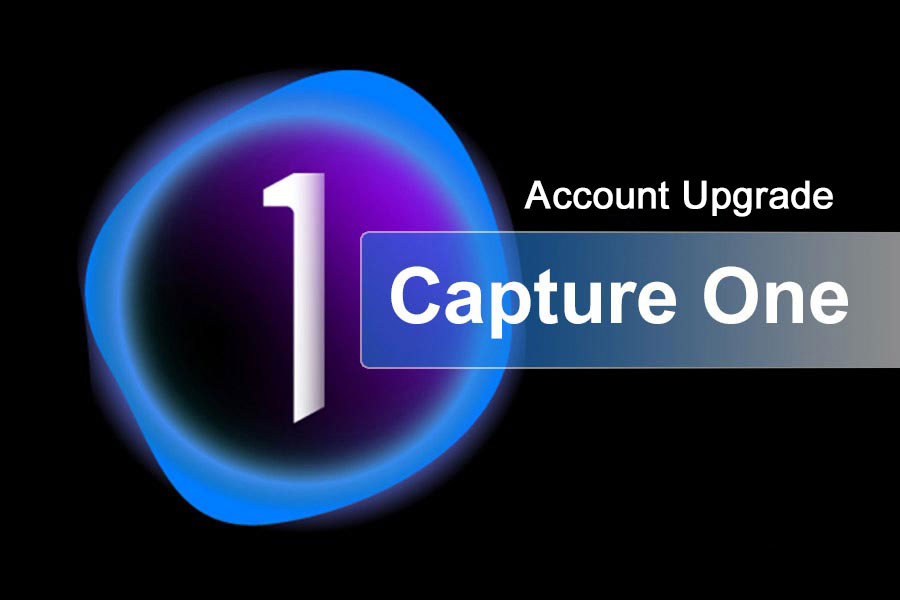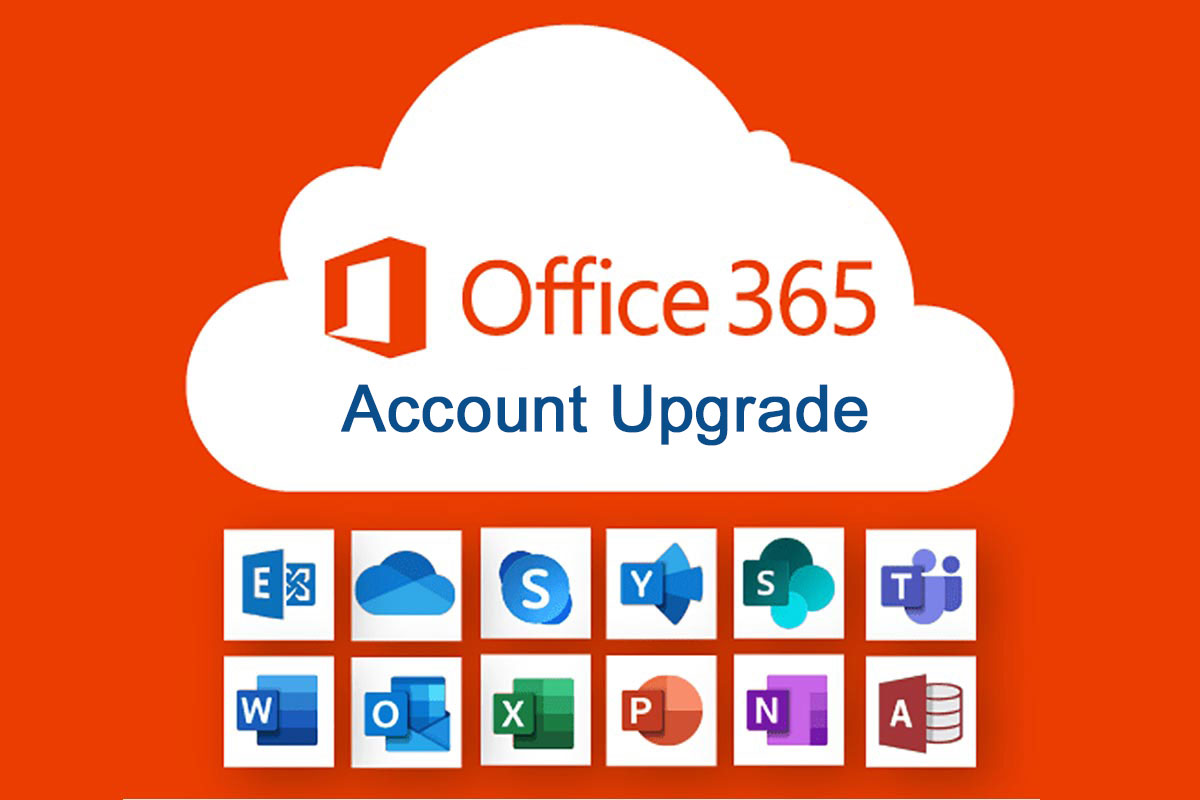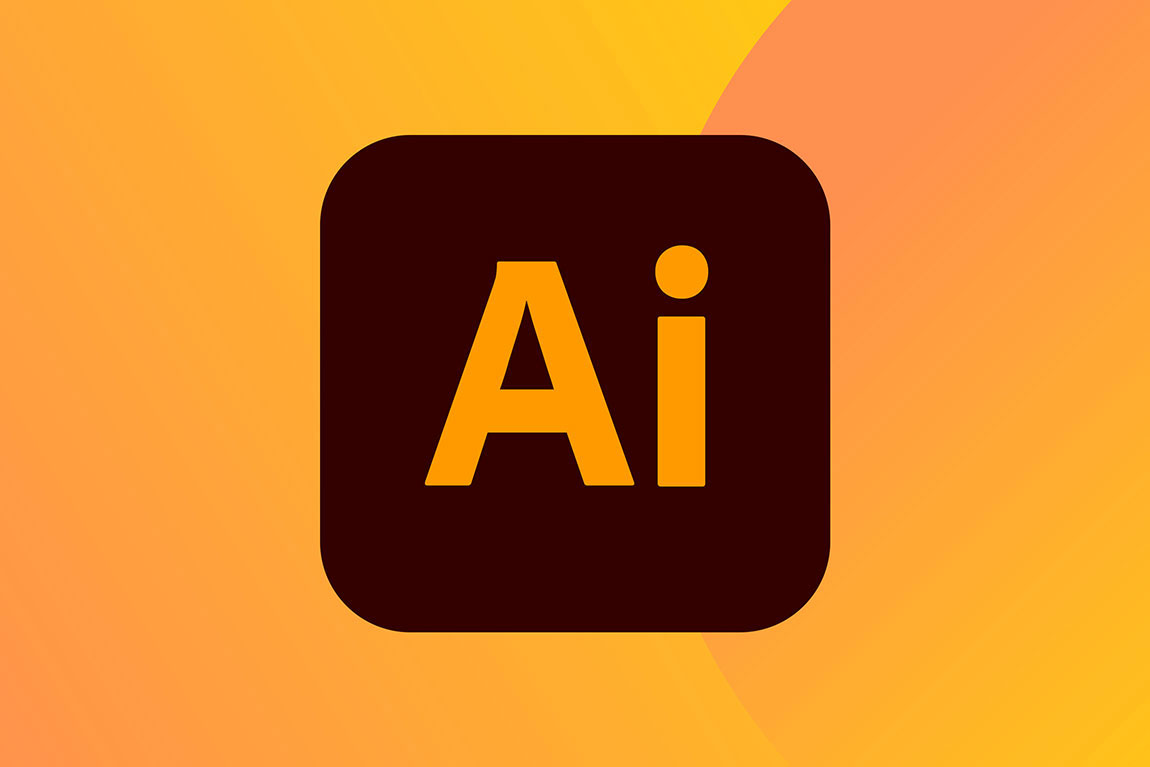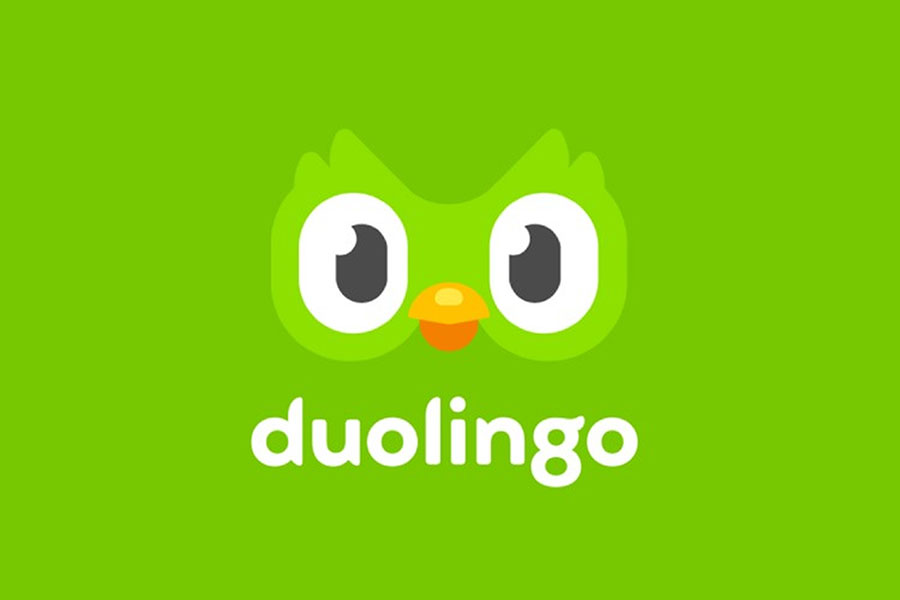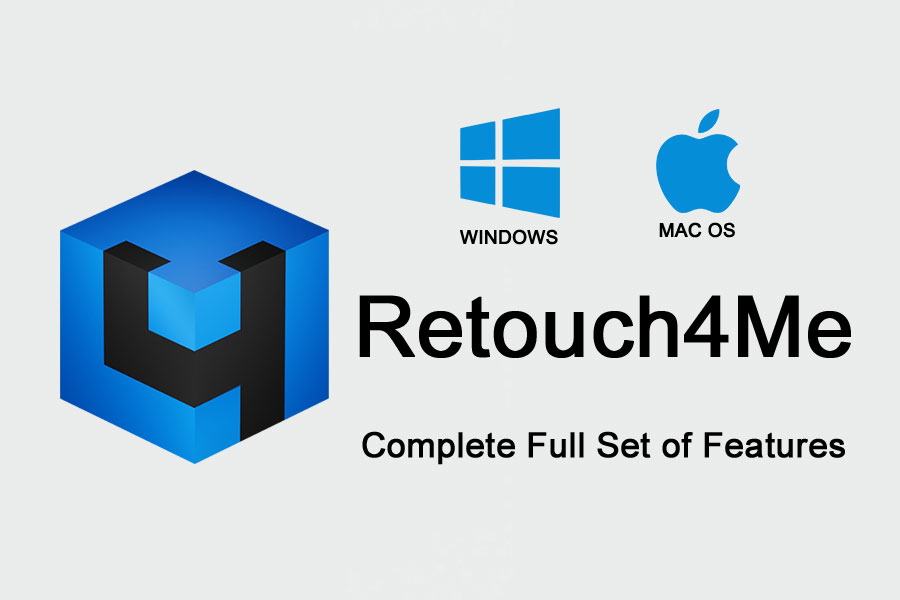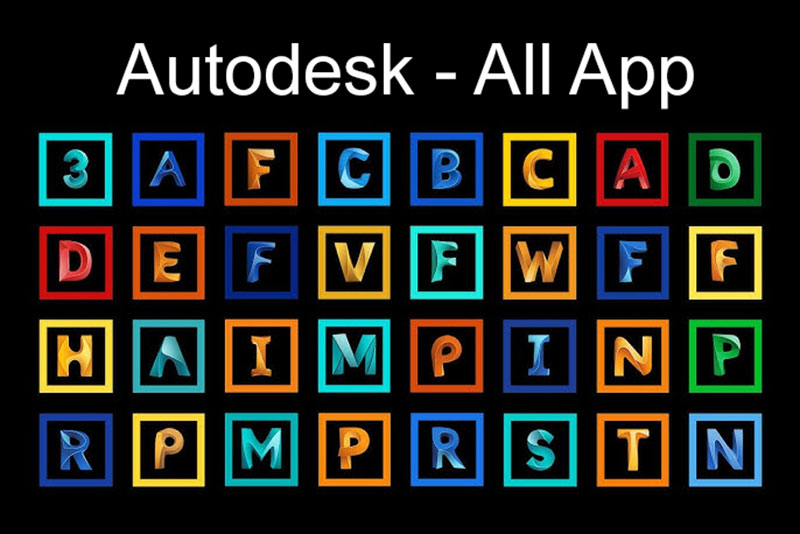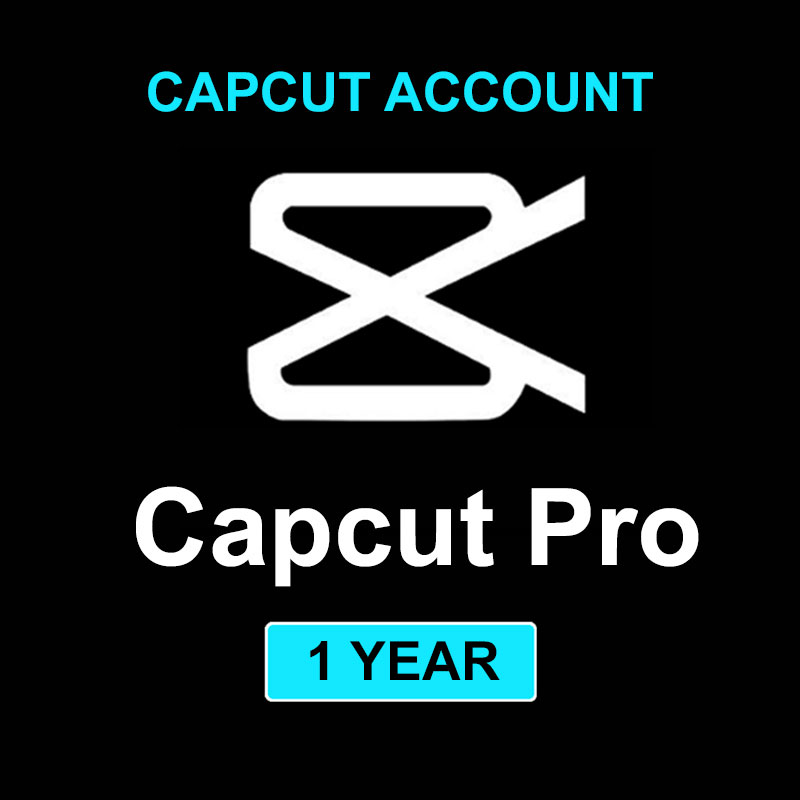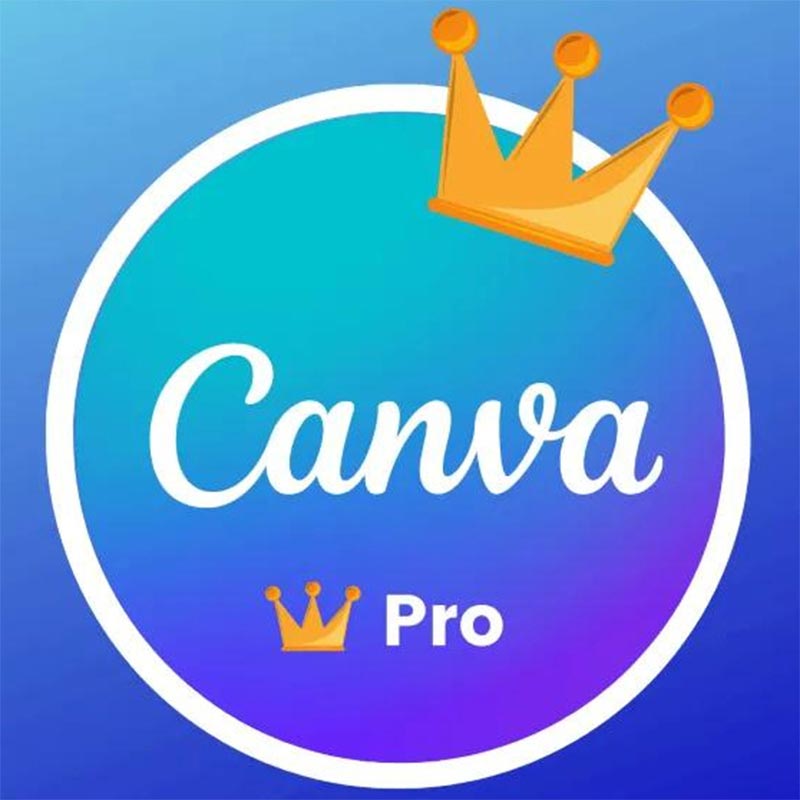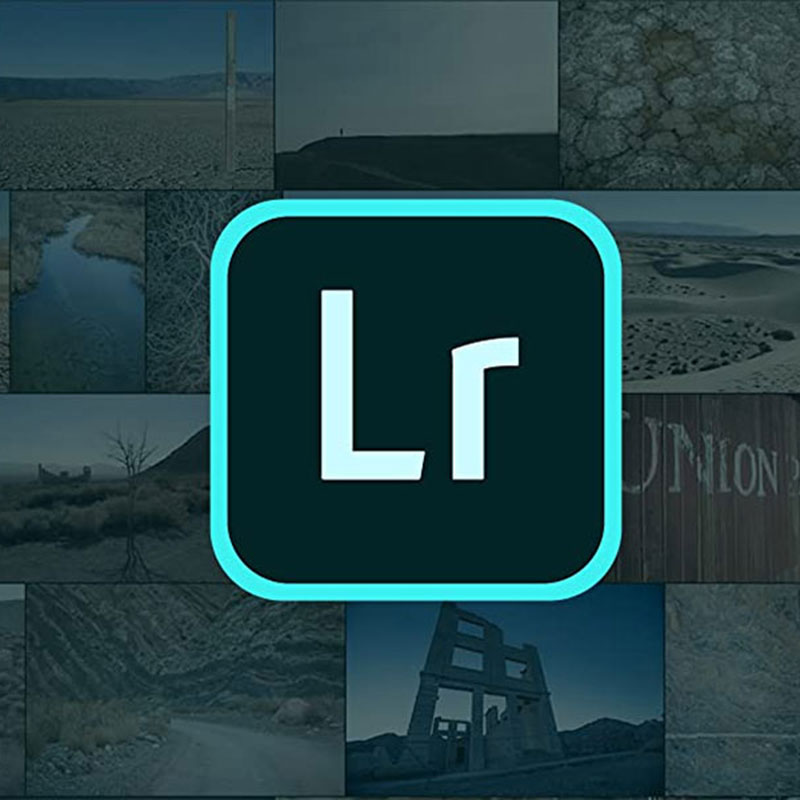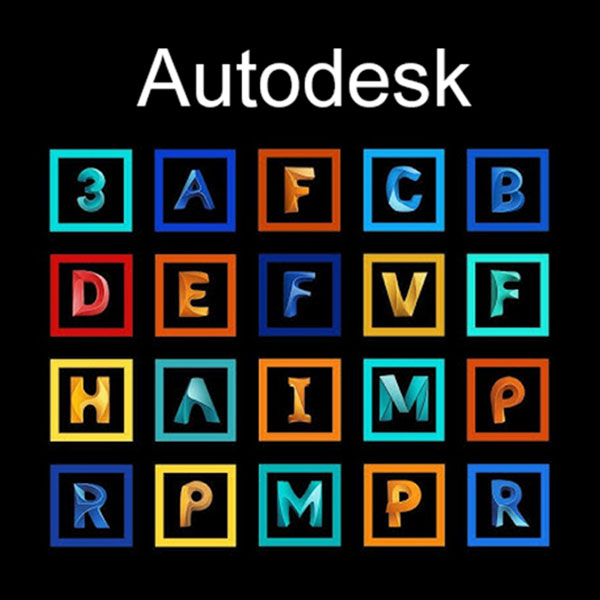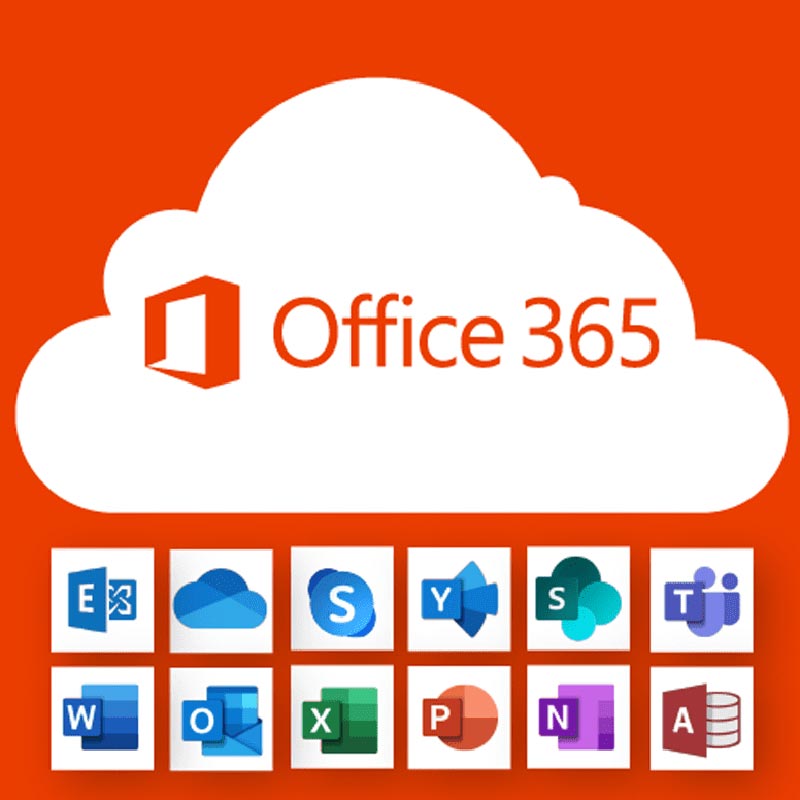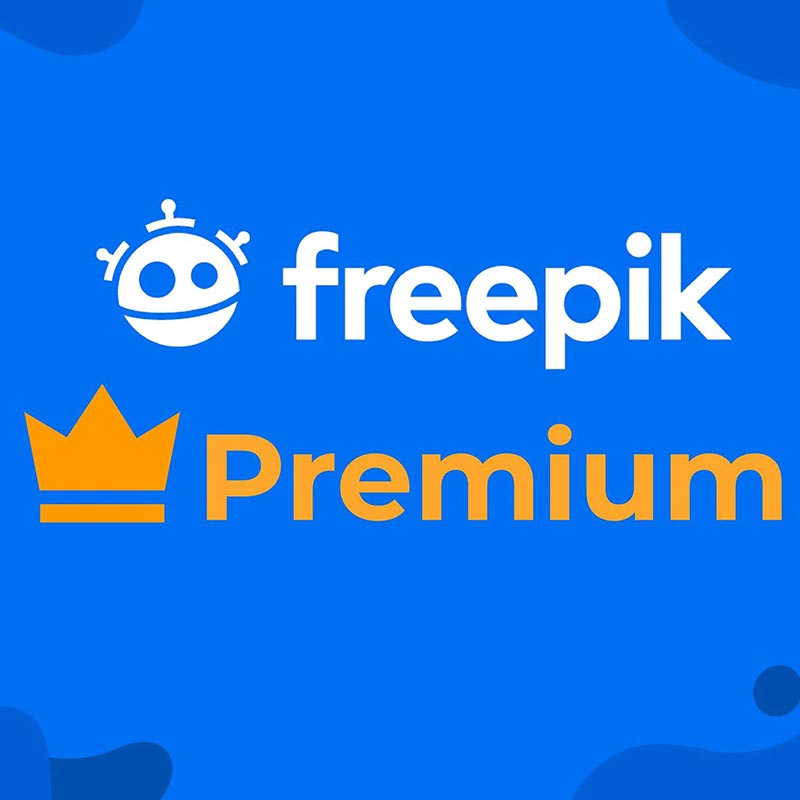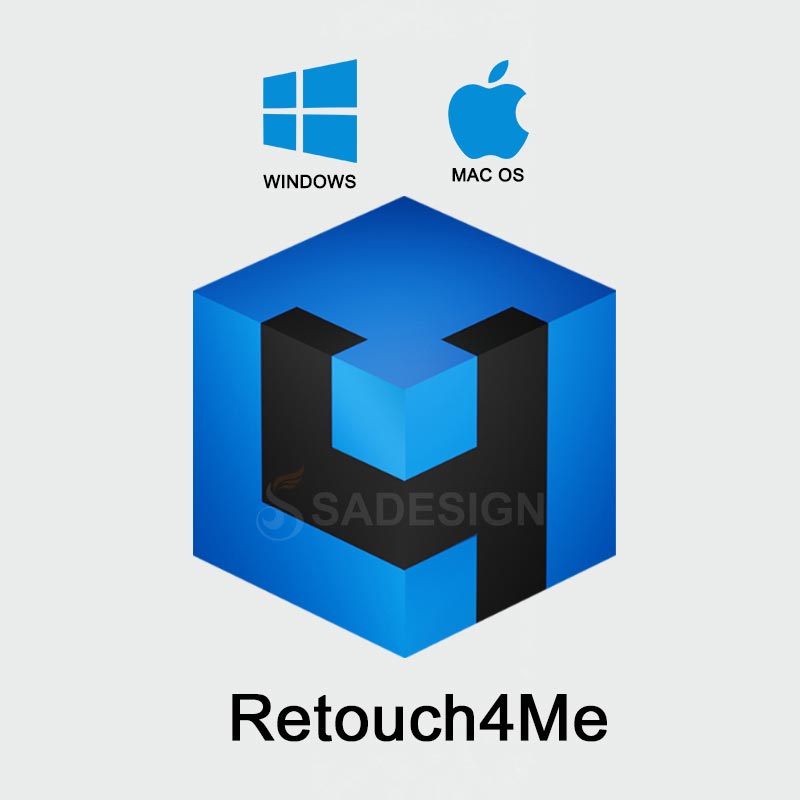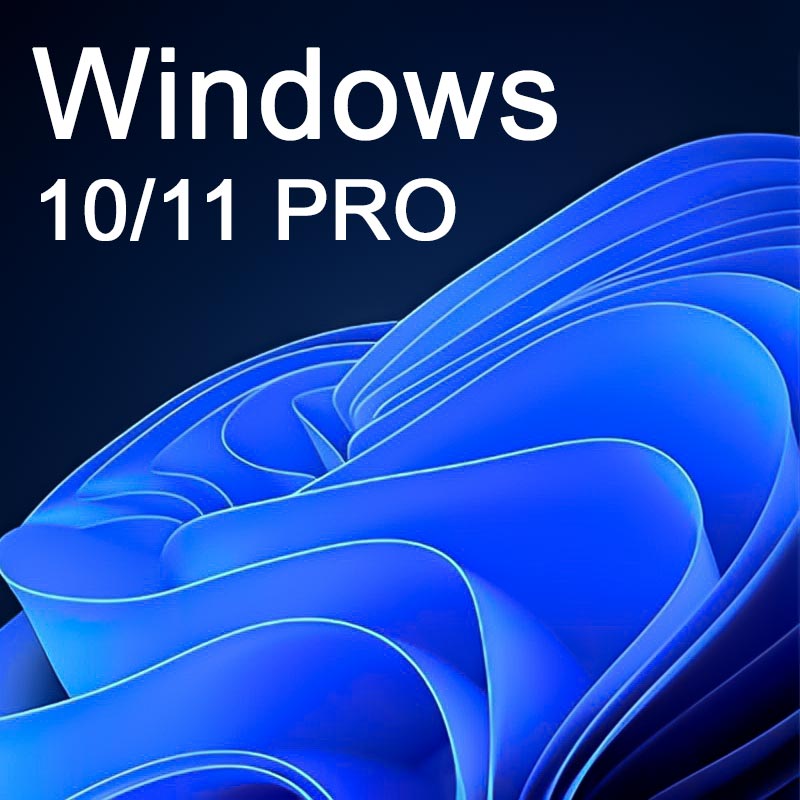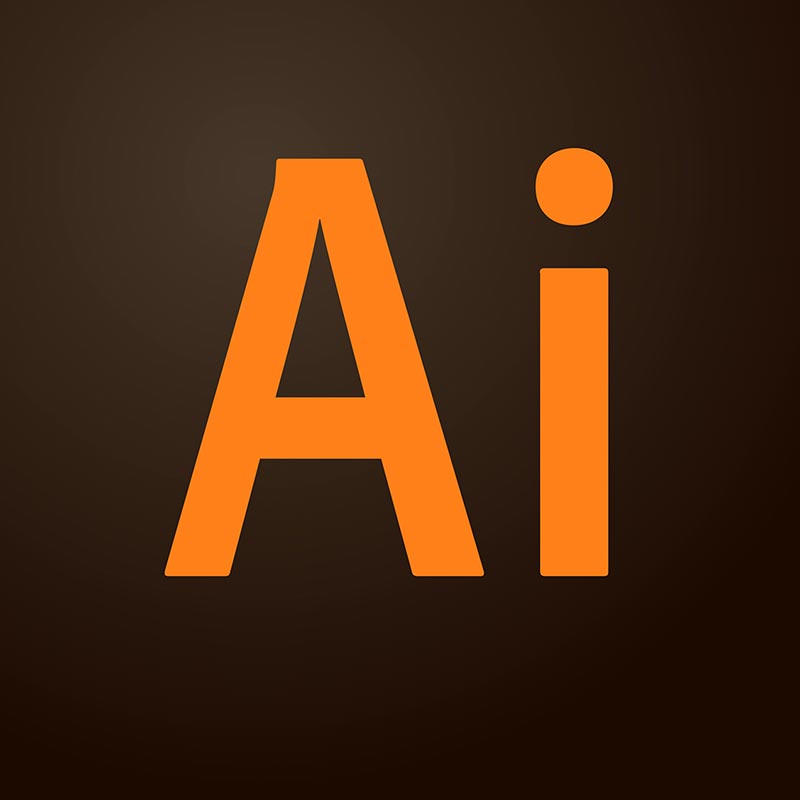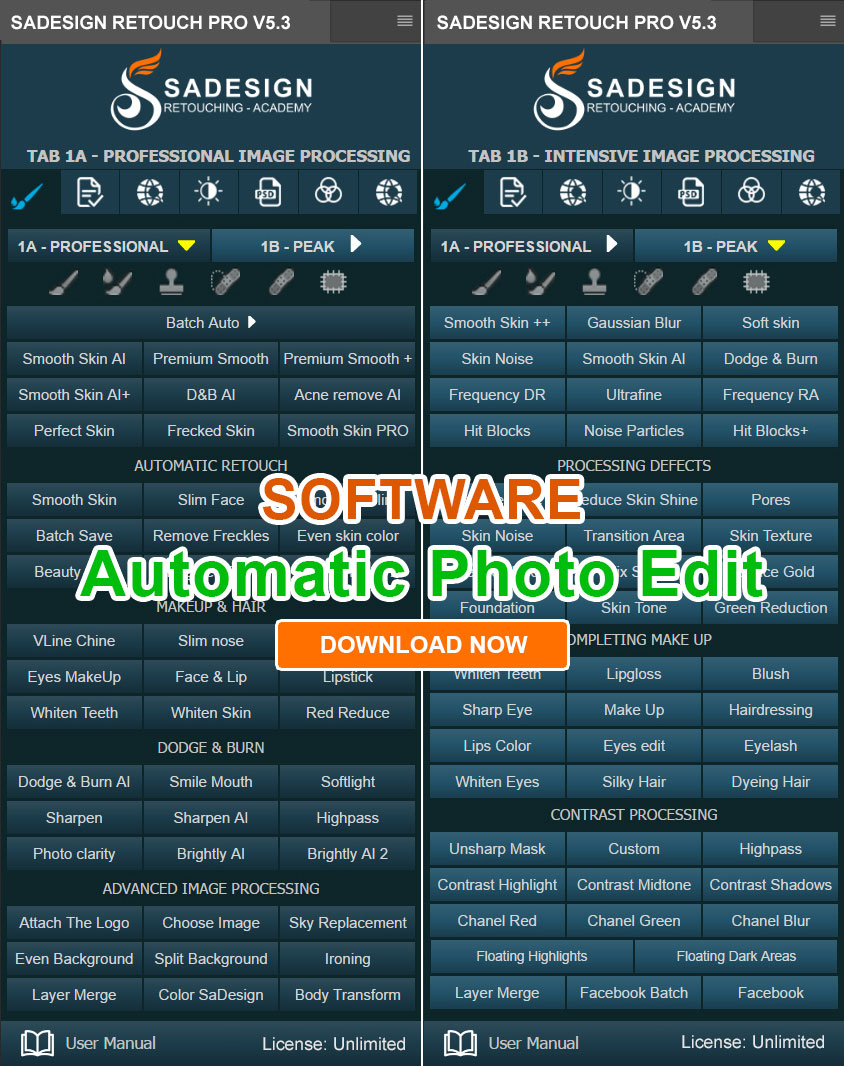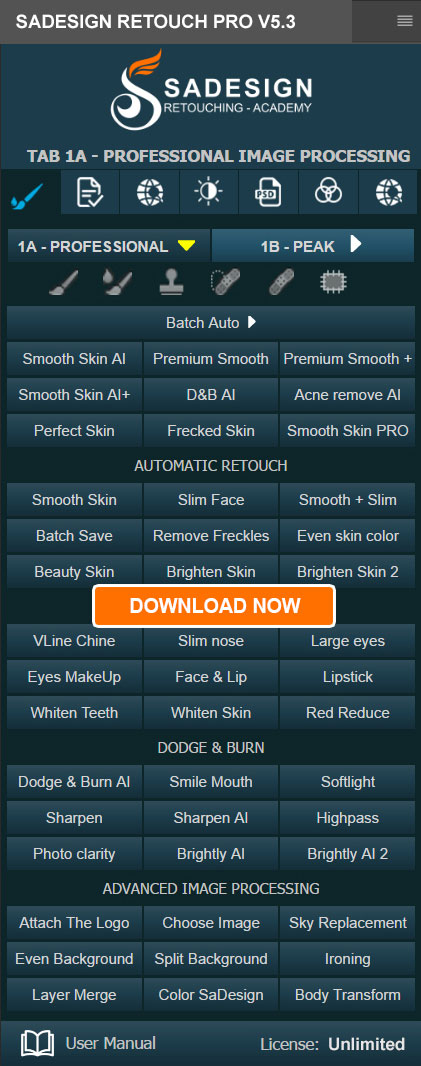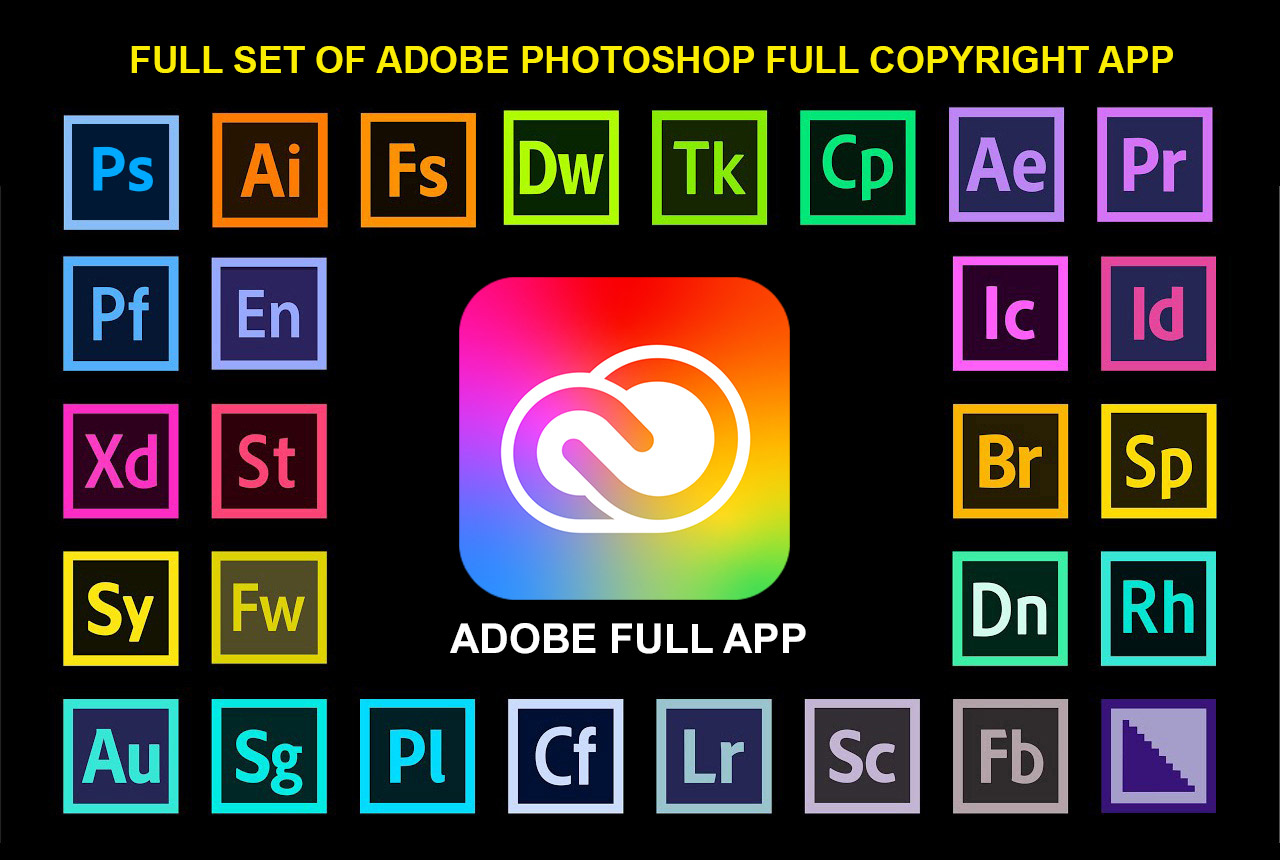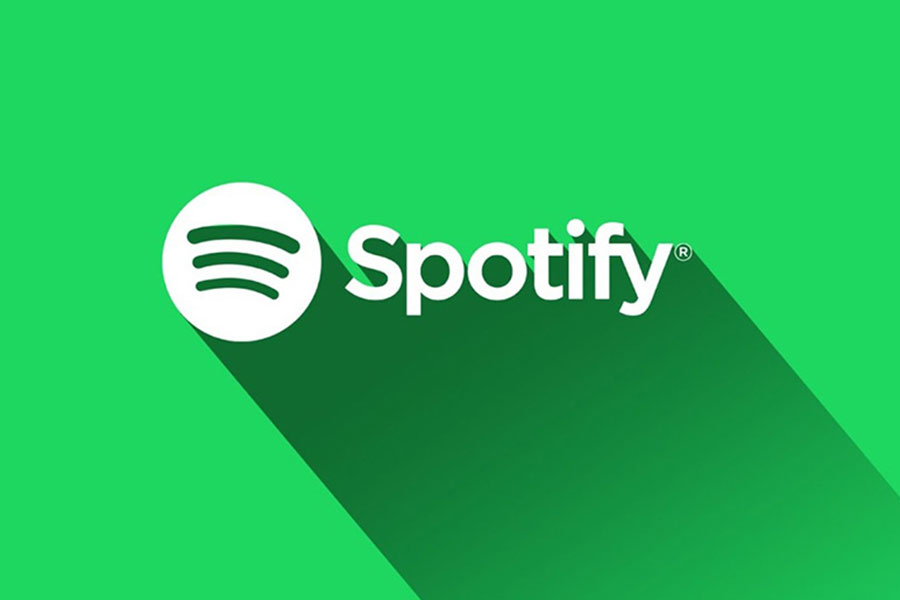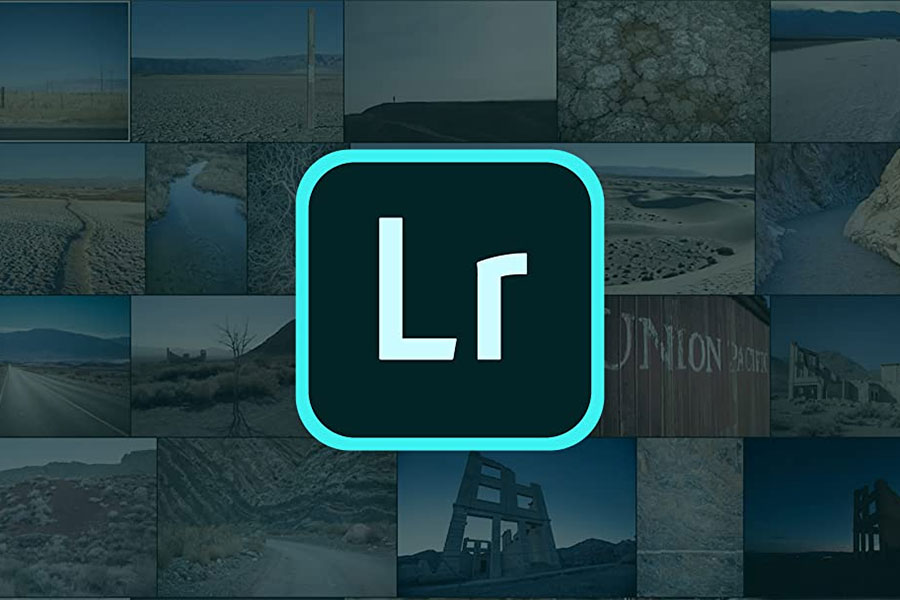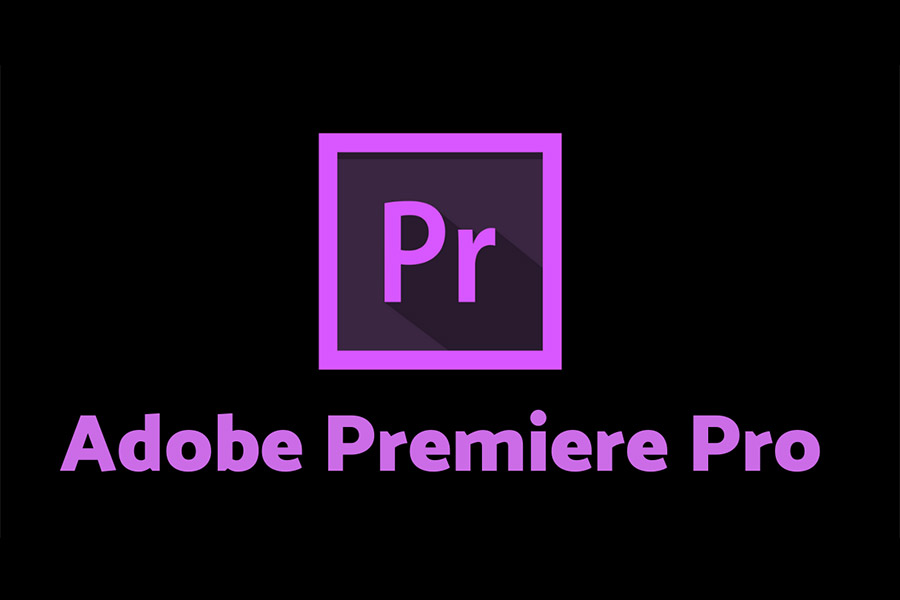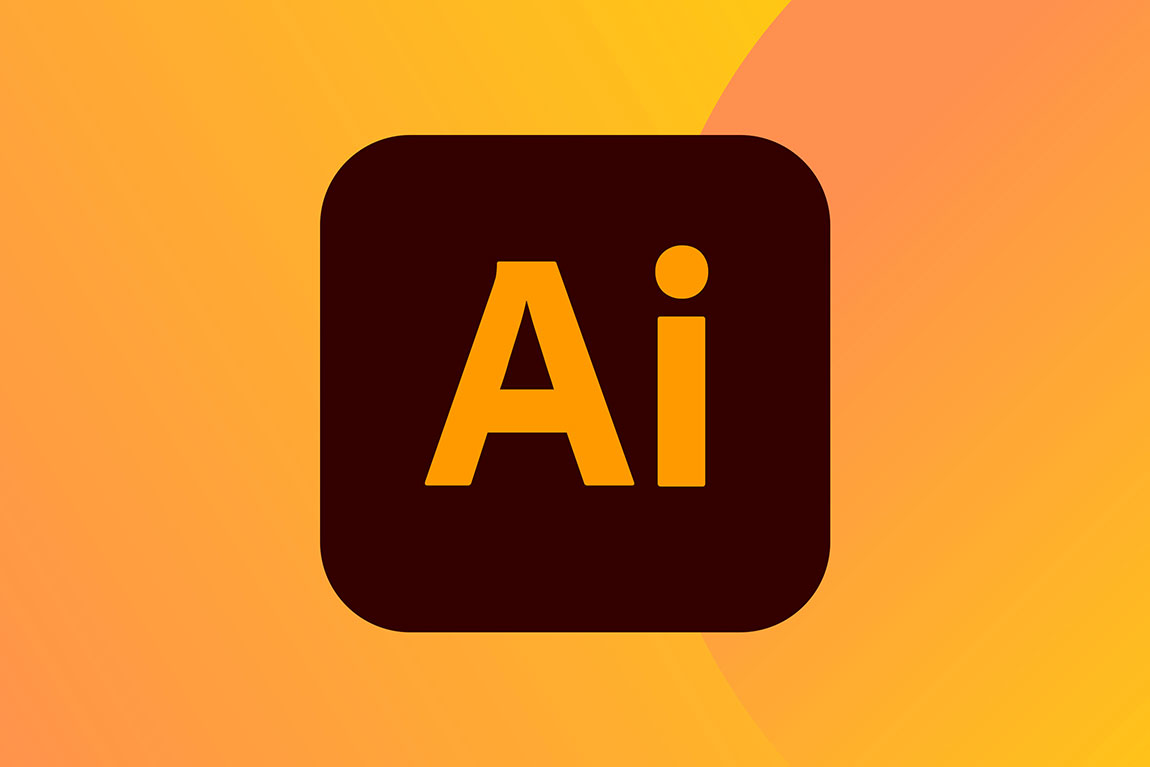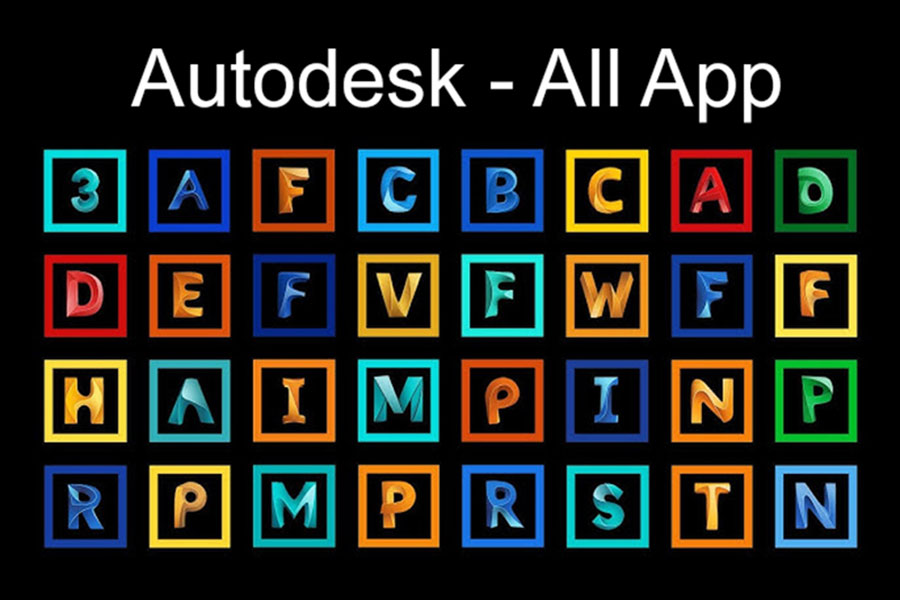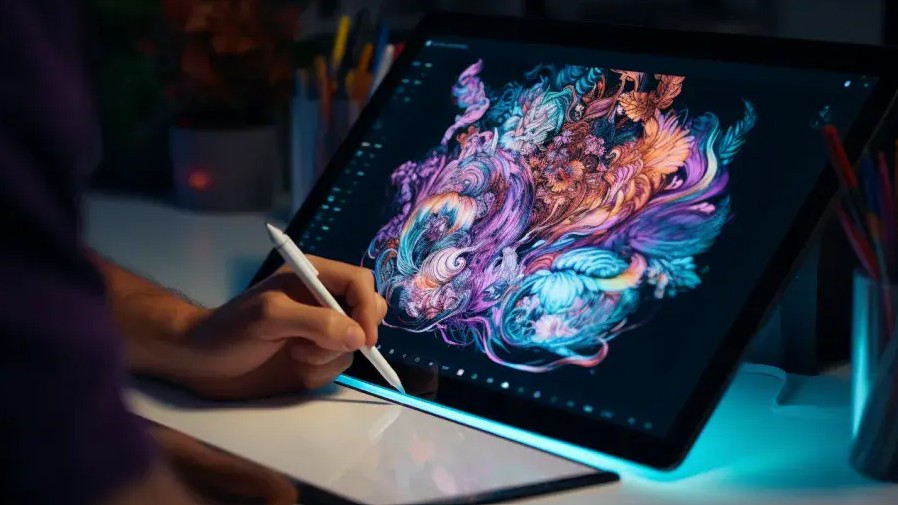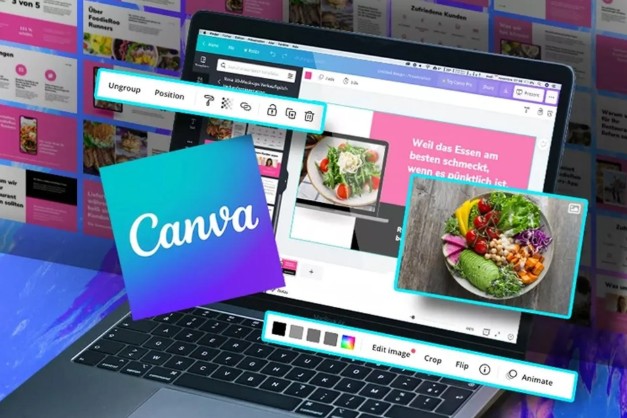Best Selling Products
When Microsoft declared war on Google: MAI-Image-1 was born, Gemini was no longer alone
Nội dung
- 1. MAI-Image-1: A big step forward in AI imaging
- 2. How MAI-Image-1 makes a difference
- 3. Prestigious presence on the LMArena rankings
- 4. Deep integration with Copilot and Bing Image Creator
- 5. Speed is the factor that helps MAI-Image-1 score points
- 6. When AI learns the language of photography
- 7. Aim for a seamless creative experience
- 8. Initial feedback and future expectations
- 9. Head-to-head with Google Gemini and Nano Banana
- 10. Conclusion
Microsoft's new imaging system caused a stir when it entered the top 10 of LMArena in the first week, opening an interesting confrontation between the two technology giants.

In recent years, artificial intelligence has gradually become the heart of the digital creative industry. From content creation, video editing to digital painting, AI has proven its superior ability to help people turn ideas into images in just a few seconds. However, most of the outstanding breakthroughs in this field have come from companies like OpenAI, Google or Midjourney. That is why when Microsoft suddenly announced MAI-Image-1 , the creative and technology worlds took notice.
This is more than just a new imaging tool. MAI-Image-1 marks a significant shift in Microsoft’s imaging AI strategy, moving away from relying entirely on third-party models and instead developing its own image generation system, optimized for speed, fidelity, and integration into its vast product ecosystem.
1. MAI-Image-1: A big step forward in AI imaging
According to Microsoft's official announcement, MAI-Image-1 is the first text-to-image model developed from start to finish by the company, instead of relying on OpenAI's technology as before. The name "MAI" can be understood as an abbreviation for Microsoft AI , clearly showing the ambition to make AI a pillar in the company's creative future.
What’s amazing is that MAI-Image-1 has been a top 10 image generation model on the LMArena leaderboard since its inception . Reaching this position is not only a sign of technical prowess, but also shows that Microsoft is entering a playing field dominated by giants like Google with Gemini, OpenAI with DALL·E, or Stability AI with Stable Diffusion.
According to experts, the appeal of MAI-Image-1 comes from its ability to reproduce natural light and outstanding landscape details. In many tests, images created by MAI-Image-1 have a more “real” feel, with fewer errors in scale and lighting than some other systems, while still maintaining an incredibly fast processing speed.

2. How MAI-Image-1 makes a difference
While many other AI imaging systems focus on expanding the subject range or increasing resolution, Microsoft has chosen to focus on visual quality and naturalness. MAI-Image-1 is designed with a focus on handling lighting, reflections, and environmental details.
This not only makes the image beautiful at the “AI-generated” level but also brings a feeling close to real photography. A landscape painting created with MAI-Image-1 can make the viewer clearly feel the light source, the shadow, or the opacity of the morning mist on the mountain top.
Microsoft says its system was trained on a carefully curated dataset that combines professional images, artist feedback, and rigorous curation criteria. The goal is to create frames that are not only visually appealing, but also safe, appropriate, and unique.
Unlike large, slow, and resource-intensive models, MAI-Image-1 is optimized to generate images many times faster while maintaining high quality. Users can enter a prompt and receive images in just a few seconds.
3. Prestigious presence on the LMArena rankings
In the AI community, LMArena is a trusted review platform where top image models are compared based on multiple criteria: quality, speed, stability, and naturalness.
When MAI-Image-1 entered the top 10 just days after its announcement, it was not only a surprise but also gave Microsoft a rare prestige advantage. According to observers, this is the first time Microsoft has had a standalone creative tool ranked so highly in the image generation field, which has previously been dominated by Google Gemini, OpenAI DALL·E 3 and Midjourney V6.
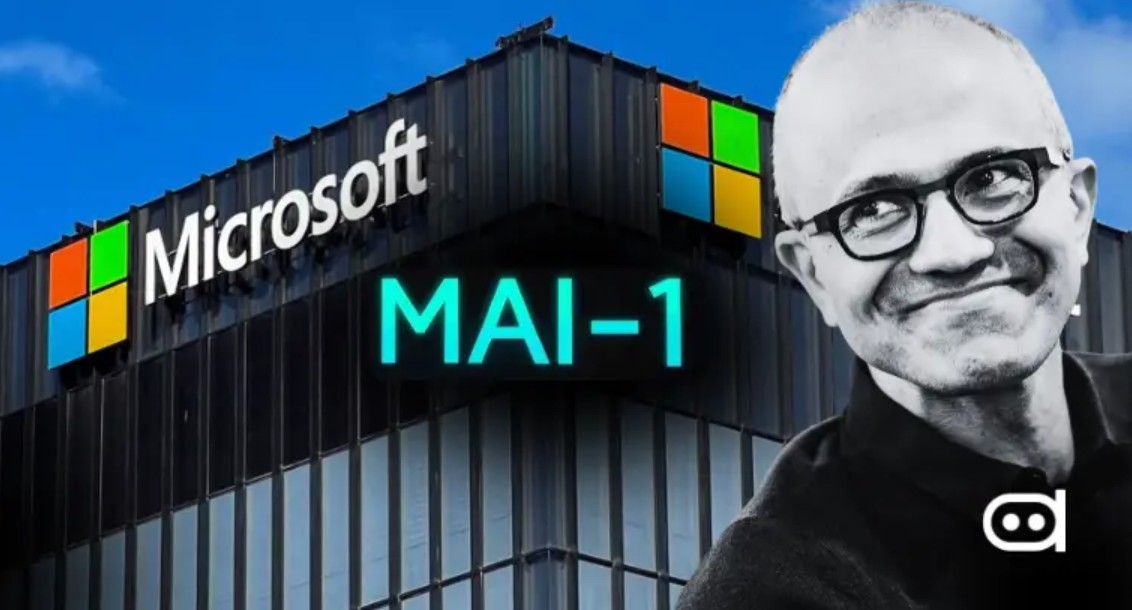
Analysts say this success is no fluke. MAI-Image-1 was developed on Microsoft Research’s deep AI research platform, where a team of data scientists and machine learning engineers have spent years researching “visual realism,” the ability to make AI-generated images appear believable.
The achievement on the rankings also helps Microsoft affirm its competitiveness in the field of AI image creation, opening up opportunities for the company to become a real rival of Google Gemini.
4. Deep integration with Copilot and Bing Image Creator
One of Microsoft’s smartest moves was not only to create MAI-Image-1, but also to integrate it into the existing ecosystem. The plan is to incorporate the model into Copilot: Microsoft’s all-in-one AI assistant, and Bing Image Creator, the image creation tool that millions of people use every day.
This means that users of Copilot in Windows, Edge, or the upcoming Microsoft 365 will be able to describe the image they want and get high-quality results in seconds. For creatives, this is a huge step forward: from moodboarding, to conceptualizing, to designing slides or presentations, MAI-Image-1 can help them do it all.
This integration also has strategic benefits for Microsoft. Instead of relying on DALL·E or external APIs, the company now has full control over data, security, and customization. This ensures that the images produced adhere to strict ethical and copyright standards and are more in line with the creative direction of each platform.
5. Speed is the factor that helps MAI-Image-1 score points
One of the common complaints with AI image-generating tools is slow processing speeds. When users have to wait tens of seconds, or even minutes, for results, the creative experience is significantly disrupted.
MAI-Image-1 solves this problem with a model architecture optimized for high performance. Microsoft revealed that its system is built on “progressive rendering,” which allows images to be rendered over time rather than waiting for the entire image to be processed. The result is that users can see a preview almost immediately, then tweak until they get the desired result.

Not only is it fast, MAI-Image-1 also shows incredible stability. In many tests, this tool produced more consistent results than its competitors, minimizing distortion, excess detail or mis-scaling.
This allows users to spend more time creating and perfecting details, rather than struggling with entering the same prompt over and over again to get acceptable results.
6. When AI learns the language of photography
One point that is particularly appreciated by the design community in MAI-Image-1 is its ability to simulate natural light and reflection.
In previous generations of models, lighting was often the factor that made AI images look “fake”: shadows cast in the wrong direction, reflections that didn’t fit, or overall lighting that was too bright all made the scene lose depth. With MAI-Image-1, Microsoft trained the system to understand and reproduce lighting based on real physics, making reflections, contrast, and shadows more balanced.
Some 3D design experts commented that images from MAI-Image-1 have the "soul" of real photography, with natural texture and depth, enough to be used directly in presentations, concept designs or as reference materials without much editing.
This is the factor that makes MAI-Image-1 considered as "an equally beautiful rival to Gemini" because while Google's Gemini focuses on multimodality and contextual intelligence, Microsoft chooses a subtle visual direction, making each AI photo more vivid and inspiring.
7. Aim for a seamless creative experience
Microsoft has made no secret of its ambition to make MAI-Image-1 the center of image creation across its ecosystem. When integrated into Copilot, the tool will allow users to not only describe images, but also directly refine them using words or natural gestures. You can ask Copilot to “brighten up the sunset a bit” or “add more detail to the reflections on the water” and MAI-Image-1 will understand, process, and display the results immediately.
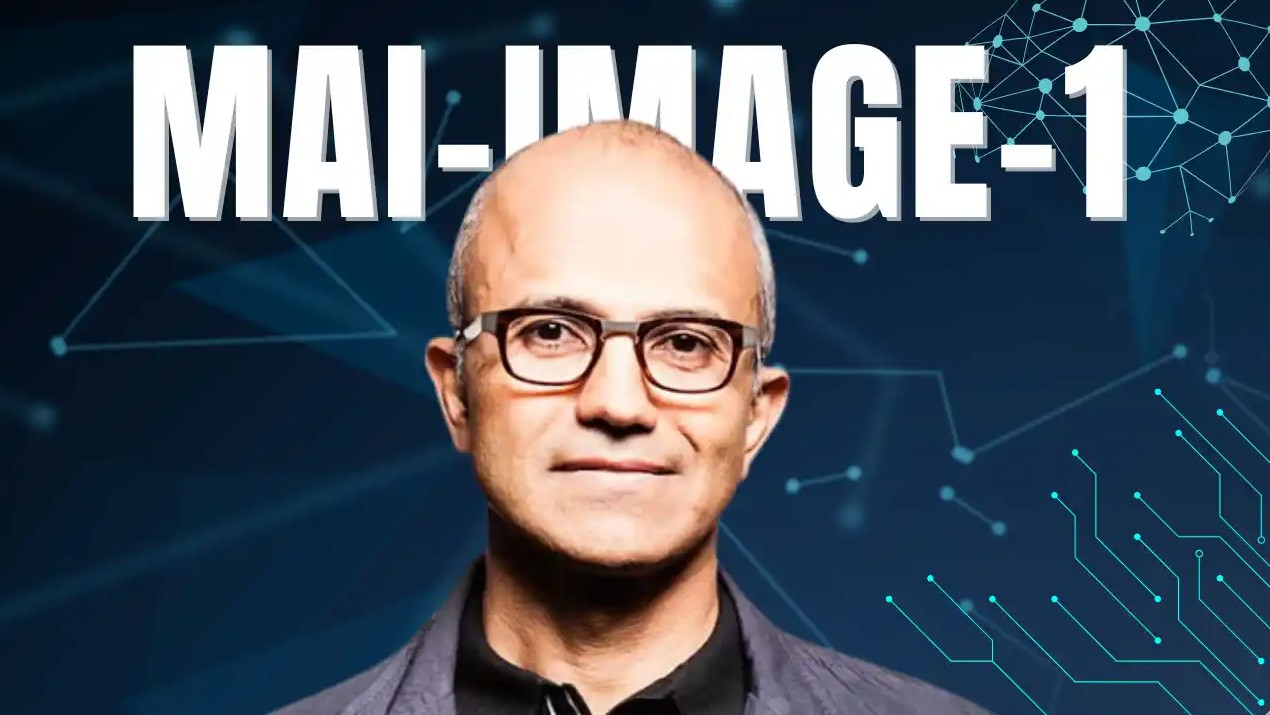
In a professional setting, this has huge benefits. Designers can create moodboards in minutes, marketing teams can quickly create concept posters, and architects can visualize perspectives without spending hours on mockups.
In addition, Microsoft's direct control of the model significantly reduces copyright and content censorship issues, which are major challenges for current AI imaging tools.
8. Initial feedback and future expectations
Since its announcement, MAI-Image-1 has attracted a lot of interest from the LMArena beta community. Many initial responses have been impressed with the tool's ability to handle light, color fidelity, and natural feel.
Some users also commented that MAI-Image-1 seemed to “understand” the prompt’s emotions better, especially when describing deep themes like “sunrise over a misty sea” or “nostalgic room with candlelight”.
Microsoft says it is continuing to gather feedback and refine before its official release. The commercial version of MAI-Image-1 will be deployed to Copilot and Bing Image Creator after the public beta ends.
If all goes well, this could be the tool that helps Microsoft create a revolution in the AI imaging field, which is more vibrant than ever.
9. Head-to-head with Google Gemini and Nano Banana
There is no denying that Google Gemini is one of the most powerful AI systems in the world, especially in its ability to create multimodal content that combines text, images, and videos in the same context. However, Gemini is not really optimized for the purpose of “quick image creation” that creators need every day.

Microsoft understands this gap. MAI-Image-1 is not designed to beat Gemini all-around, but to compete head-to-head in the fast, high-quality, customizable imaging segment. And what’s even more interesting is that Microsoft has openly set its sights on Google’s emerging AI imaging tool, “Nano Banana,” which made a splash when it launched earlier this year.
While Nano Banana is praised for its artistic visual style, MAI-Image-1 is praised for its realism and practicality. This difference could make the two tools evenly matched, pushing the AI imaging market into a more competitive phase than ever.
10. Conclusion
The launch of the MAI-Image-1 is more than just a tech announcement. It’s a bold statement that Microsoft is moving deeper into the world of AI creation. With its ability to create fast, natural, detailed, and realistically lit images, the MAI-Image-1 proves that AI can not only replicate but also enhance visual aesthetics. When integrated into Copilot and Bing Image Creator, the tool will open up a seamless creative experience for hundreds of millions of users, allowing anyone to turn ideas into images instantly. Microsoft isn’t just following trends, they’re reshaping the way people create. And if the positive feedback from LMArena continues, it’s very possible that in the near future, the MAI-Image-1 will become a name mentioned on par with, or even surpass, icons like Gemini or DALL·E.
